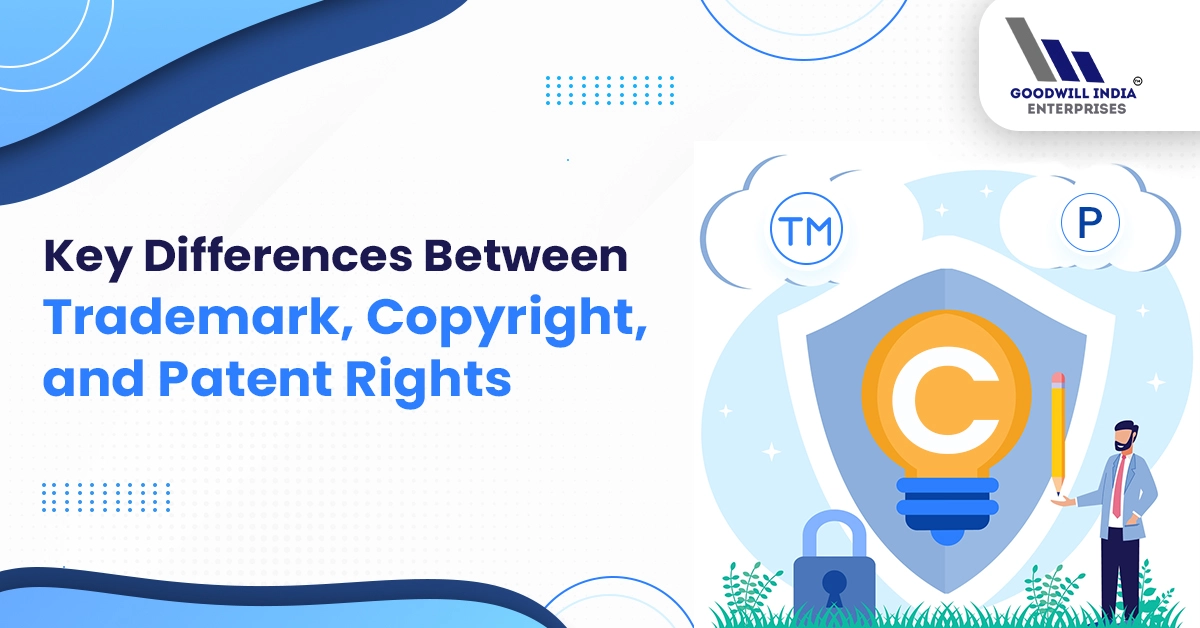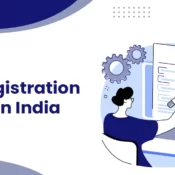
Key Differences Between Trademark, Copyright, and Patent Rights
Different Between Trademark, Patent Rights, and Copy Rights
There are several types of intellectual property, each with its own qualities and safeguards. In India, trademark, pattern, and copyright law provide various legal rights for multiple sorts of intellectual property. These registrations provide uniqueness to your product, service, design, music, song, tech-related designs, etc. These rights registrations offer your brand, product, design protection, and legal rights.Does everyone Needs to Register – Trademark, Patent Rights, And Copy Rights
Copyrights, trademark, and patent rights In India, only some people are required to register for a trademark, patent, and copyright rights. However, it is usually recommended that you do so to protect your intellectual property and ensure that you can enforce your rights if necessary. In India, there is no general need for everyone to register their trademark, patent, or copyright. On the other hand, failure to report these rights may make it more difficult to enforce them. It is required for those who need to protect their brand, product, ideas, patents, designs, songs, music, and more. Also, these registrations are the company’s most crucial property or intangible asset.Differentiation between Trademark, Patent Rights, and Copyrights
Trademark Registration
Trademark registration is your business or company’s legal rights and intellectual property. It protects your brand and company from third parties and imposters who try to copycat your business name, brand, or product. Trademark registration in India is a way to prevent other businesses from using your brand name or logo. It is also a method of indicating to the public that you own the trademark. A trademark is a term, phrase, symbol, or design that identifies the source of one party’s goods or services from those of another. A trademark can be registered with the government, granting the exclusive ownership rights to use the mark in selling products or services.Patent Rights Registration
Patent rights are given under this statute for innovations that encompass a new and innovative technique, product, or piece of manufacture and meet the patent eligibility conditions of novelty, inventive steps, and industrial applicability. Patent rights are like assets that are legal documentation or registration for innovations. You can register your patent for your invention by the product’s design. You don’t need a product to register as a patent. For the duration of the patent’s protection, the patent rights owner has the right to decide who can or may not utilize the patented innovation. In other words, patent protection implies that others cannot commercially make, use, distribute, import, or sell the invention without the patent owner’s permission.
Copyrights Registration
Copyright applies to various works, including books, music, art, and computer code. A design right is an intellectual property that protects the visual design of products, regardless of whether they are created. Design rights can cover an object’s form, adornment, or pattern. To summarise, a trademark is a symbol used to differentiate goods or services, a copyright is one of the intellectual properties that protects creative works, and a design right is one of the intellectual properties that protects the visual design of items.




